PPT-Assembly Language – 1
Author : lois-ondreau | Published Date : 2016-09-09
1 Machine Language This is what the computer actually sees and deals with Every command the computer sees is given as a number or sequence of numbers 2 Assembly
Presentation Embed Code
Download Presentation
Download Presentation The PPT/PDF document "Assembly Language – 1" is the property of its rightful owner. Permission is granted to download and print the materials on this website for personal, non-commercial use only, and to display it on your personal computer provided you do not modify the materials and that you retain all copyright notices contained in the materials. By downloading content from our website, you accept the terms of this agreement.
Assembly Language – 1: Transcript
Download Rules Of Document
"Assembly Language – 1"The content belongs to its owner. You may download and print it for personal use, without modification, and keep all copyright notices. By downloading, you agree to these terms.
Related Documents

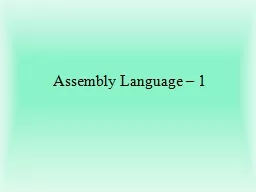


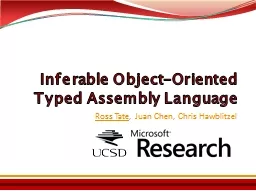
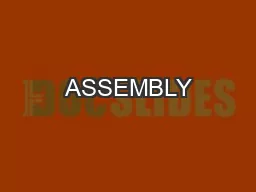

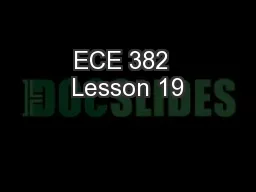
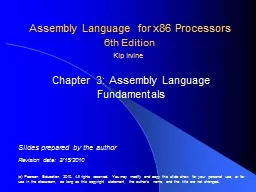
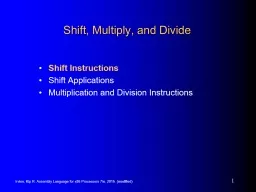


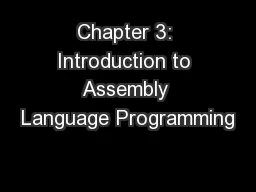
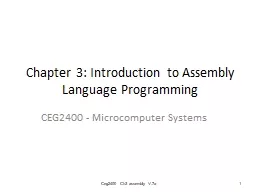
![[DOWLOAD]-Zen of Assembly Language: Knowledge (Scott Foresman Assembly Language Programming](https://thumbs.docslides.com/987146/dowload-zen-of-assembly-language-knowledge-scott-foresman-assembly-language-programming-series.jpg)